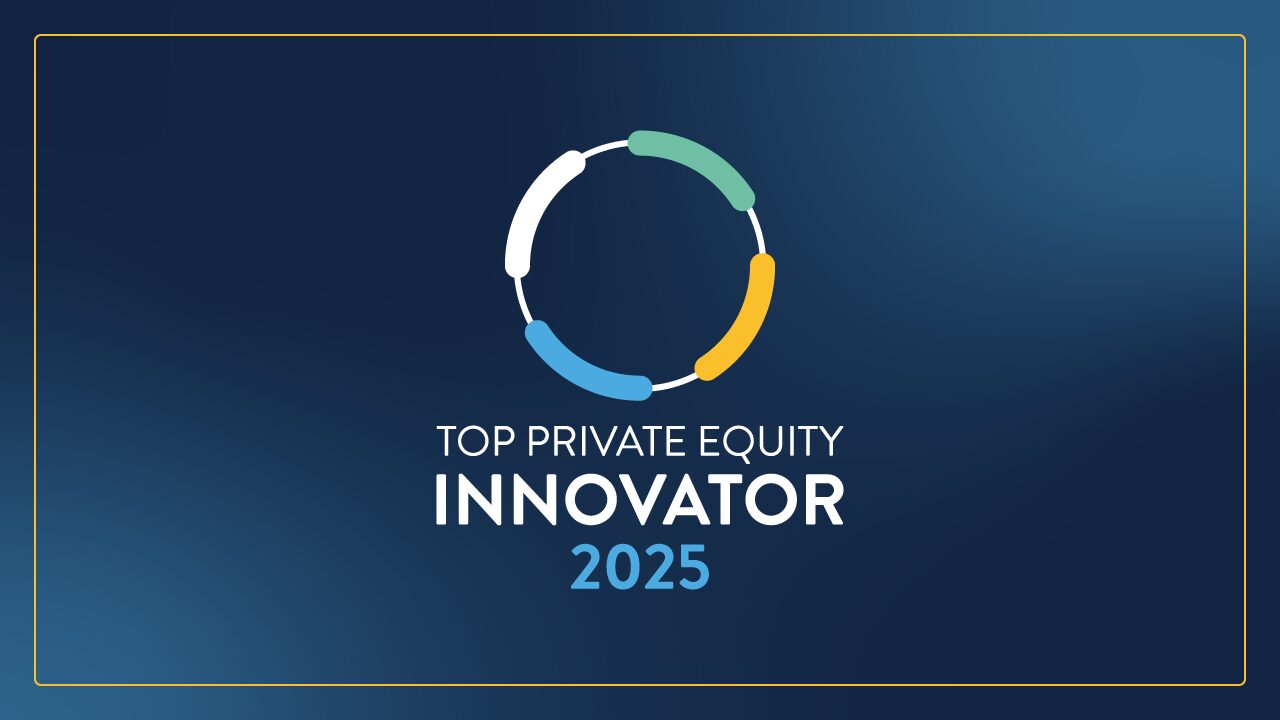Machinery Finance: Process
From a high-level point of view, there are four steps to the machine tool financing process.
1. Apply
You apply for financing from an institution. Whether you’re seeking a few thousand dollars, or millions upon millions, this is the first step.
2. Get Approved
After the financial institution reviews your application, hopefully you’re approved to receive the funds. Some banks allow for pre-approval, which speeds the process.
3. Review and Sign Finance Agreement
After you have the financial institution’s go-ahead for your manufacturing financing, they’ll send you terms to review. If both sides agree, you can sign the papers and move to the crucial last step.
4. Funds Disbursed
Once the ink is dry, the bank should finalize the transaction by giving you the money. Now it’s time to purchase that new equipment to finance your business.
That’s a simplified summary. The actual process is a bit more complicated.
The Business Builders’ Network has expert third-party resources who can advise you in this crucial MFR process. Whether you’re in glass, construction, textile and apparel, chemicals, electronics, steel, refrigeration, pharmaceuticals or one of many other industrial businesses, we already know an exact-fit service provider to help you through this process, and grow your business.
Before we connect with expert help from the invite-only network, here’s a more detailed look at manufacturing equipment financing, whether you’re looking to loan or lease.

Equipment Loans: Manufacturing Industry
Whether you need a a single piece of equipment, or you want to rapidly expand your fast-growing fleet, machine tool financing can speed up that process.
Less complicated pieces of equipment may only cost a few thousand dollars, and these may be a good candidate for an SBA loan.
But if your ask meets a minimum threshold – usually around $250,000–500,000 – firms are likely to require you to share tax returns and/or audited financial statements.
Depending on a number of factors, a financial institution may be willing to lend you tens of millions of dollars to make your purchases.
READ MORE: Why Hire an Interim CFO?
Terms Length
Typical loan terms could range from 24-84 months. (That is, 2–7 years.) This will depend on how much money you need, how long you need to pay it back and how willing the bank is to work with you.
Rates
You may be able to find interest rates under 4 percent for machine tool financing, but it’s likely to increase from there.
CNC Finance Rate Factors
- The current federal rate
- The borrower’s credit score
- The type of machine being financed
- The risks to the loan
- The company’s borrowing history
- The borrower’s credit history
Application to Funding Timeline
Some firms allow you to apply online, even getting pre-approval. In that case, your loan could be approved the same day, if not within 48 hours.
Larger, more complicated machinery finance options may not be so straightforward. The approval process could depend on both sides’ availability, as well as all the CNC finance rate factors mentioned above.
What Credit Score is Needed to Finance Heavy Equipment?
This will depend on the lender. Some require a credit score around 500, while others are more stringent, asking for 650 or higher.
Which type of finance should be used to purchase new machines & equipment?
SBA Loans
An SBA loan is a loan backed by the Small Business Administration. The SBA sets guidelines for loans made by its partnering lenders, community development organizations and micro-lending institutions. These loans are often used by small businesses to start or expand their operations.
READ MORE: Industrial Pricing: Strategies for Manufacturing Businesses
Financial Institution Loans
If you’re not a small business, you may seek a more traditional CNC finance option. Namely, a loan that is made by a bank or other financial institution. This type of loan can be used by a manufacturing business to purchase new machines and equipment.
Machine Types
- Metalworking machines: Used for cutting, shaping, and forming metal, metalworking machines include lathes, mills, and presses.
- Plastics processing machines: Melting, molding, and shaping plastics are possible with plastics processing machines such as injection molding machines, blow molding machines, and extrusion machines.
- Woodworking machines: Sawing, planing, and sanding are all achievable with woodworking machines like saws, planers, and sanders.
- Textile machines: Fabrics can be spun, woven, and knit with textile machines, including spinning jennies, looms, and knitting machines.
- Food processing machines: Mixing, grinding, and baking food are all tasks performed by food processing machines such as mixers, grinders, and ovens.
- Chemical processing machines: Mixing, heating, and cooling chemicals are possible with chemical processing machines including reactors, distillation columns, and evaporators.
- Power generation equipment: Generators, turbines, and solar panels are examples of power generation equipment used to produce electricity.
- Machine tools: Lathes, mills, and drills are among the types of machine tools used to manufacture other machines.
- Conveyors: Manufacturing facilities use conveyors to move materials around the facility.
- Warehousing equipment: Forklifts, pallet jacks, and conveyors are examples of warehousing equipment used to store and move materials within a warehouse.
- Packaging equipment: For packaging products for shipping, equipment such as shrink wrap machines, tape guns, and labelers are used.
- Testing equipment: To test the quality of products, tensile strength testers, hardness testers, and vibration testers are some examples of testing equipment used.
- Laboratory equipment: Microscopes, centrifuges, and ovens are some examples of laboratory equipment used to conduct scientific experiments.
- Vertical centers: Parts that are vertical in orientation can be machined with vertical centers.
- Horizontal centers: Horizontal centers are used to machine parts that are horizontal in orientation.
- 5-axis centers: Machining parts that require 5-axis machining can be accomplished with 5-axis centers.
- Lathes: Cylindrical parts can be turned using lathes.
- Excavators: Excavators are machines used for excavating soil and other materials.
- CNC Swiss turning: Small diameter materials can be turned using this type of CNC machining.
- Bobcat: Bobcats are small, all-terrain vehicles used for a variety of tasks, including construction, landscaping, and snow removal.
- Horizontal boring mills: Boring holes in horizontal surfaces is possible with horizontal boring mills.
- Metrology (CMM): The dimensions of parts can be measured using metrology (CMM) equipment.
- Multi-axis turn/milling: Multiple axes can be used to turn and mill parts using this type of CNC machining.
- CNC milling machines: Parts can be milled using CNC milling machines.
- Tractors: Tractors are used for a variety of tasks, including agriculture, construction, and landscaping.
- CNC turning centers: Turning parts can be accomplished using CNC turning centers.
- CNC grinding machines: Parts can be ground using CNC grinding machines.
- CNC routers: CNC routers are used to cut and shape parts.
- Welding: Metal pieces can be joined together by melting and fusing the metal through the process of welding.
- Forklifts: Heavy objects can be lifted and moved using forklifts.
- Racking: A system of shelves and supports used for storing goods is called racking.
- Packaging: The process of enclosing goods in a protective covering for storage or shipping.
Machine Manufacturer Brands
Here are a few of the companies that make this type of manufacturing equipment.
Manufacturing Equipment Leasing
If you prefer CNC leasing to manufacturing financing, you’ll have access to the same great equipment without having to purchase.
READ MORE: Market Analysis: Growth Strategy for Businesses, PE Firms
There are businesses that lease new as well as used equipment.
Types of Leases
There are two main types of manufacturing equipment leasing: operating leases and finance leases.
- The most common type of manufacturing equipment leasing is called an operating lease. This type of lease allows the company leasing the equipment to make monthly payments to the leasing company in exchange for the use of the equipment. At the end of the lease term, the lessee does not own the equipment, but they may have the option to purchase it for an agreed-upon price.
- Finance leases differ from operating leases in that the lessee must purchase the equipment at the end of the lease term, which allows the lessee to accumulate equity in the equipment while leasing it.
Advantages
- With leasing, you don’t own the equipment. This can be a good thing if you’re not sure how long you’ll need the equipment or if you don’t want to be responsible for its maintenance. Leasing companies typically offer maintenance and repair services, which can save you time and money.
- Leasing can be more affordable than borrowing money. This is because leasing companies typically factor in the depreciation of the equipment when they calculate your monthly payments.
- Leasing can be easier to qualify for than a loan. This is because leasing companies don’t require you to have a good credit score
- Tax deductible: The payments on a manufacturing equipment lease may be tax deductible, depending on the type of equipment and the terms of the lease. This can save you money on your taxes.
- Smaller monthly payments: Leasing can often result in smaller monthly payments than purchasing equipment outright. This can free up cash flow for other business expenses.
- Buy-out option: Many leasing agreements include a buy-out option, which allows you to purchase the equipment at the end of the lease term for a pre-agreed-upon price. This can be a good option if you decide that you want to keep the equipment after the lease term is up.
- Variety of equipment options: Leasing companies offer a wide variety of equipment options to choose from. This means that you can find the equipment that you need for your business, regardless of your budget.
READ MORE: What is Commercial Due Diligence?
Whether you’re a private equity company working on value creation in your portfolio company, or you’re at a private or public company that’s ready to expand, our research and operations team is here to help.
The third parties in the Business Builders’ Network know whether you need to loan or lease, as well as all the best institutions to help you with the process.
They’ll also work with you to maximize value creation as you take this important step to grow your business. If you’re ready to take the next step, contact us to get connected to exact-fit service providers in less than one business day.


